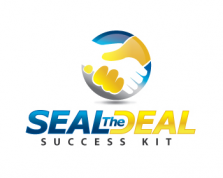
A professional coach can help her client address these powerful dynamics in three ways. First, the coach can help her client identify and rehearse ways in which to make these dynamics apparent and discussable within the organization. How does one bring up these difficult issues—given the risk of appearing to be either mad or self-serving? The client can try out several different scenarios with his coach and the two of them can work toward a viable script. Second, the coach can assist her client in identifying support within the organization to match the challenge of articulating a difficult (and usually unacknowledged) organizational dynamic. Can the client recruit colleagues with organizational credibility who can provide support to the client and verify the client’s observations?
Third, the coach can help her client identify the way(s) in which his own psyche interplays with the role suction and collective unconscious. In many instances, the role and archetype are assigned (at least initially) because the recipient at some level wants to claim this role or archetype. This attraction is usually countered with a desire to avoid or escape from the role or archetype. The client’s perspective on the role suction and collective archetype is often saturated with ambivalence and the condition of irony is prevalent.
Ultimately, the coaching client will be well-served by acknowledging this ambivalence and Hard Irony. He will search for ways in which to still fulfill part of the function and meet some of the responsibilities associated with the role or archetype. The client will find sources of continuing gratification in partially fulfilling this function and meeting some of these responsibilities. The key point is to not be left “holding the bag”. Other people in the organization must step forward and assume some responsibility.
Download Article 1K Club


















